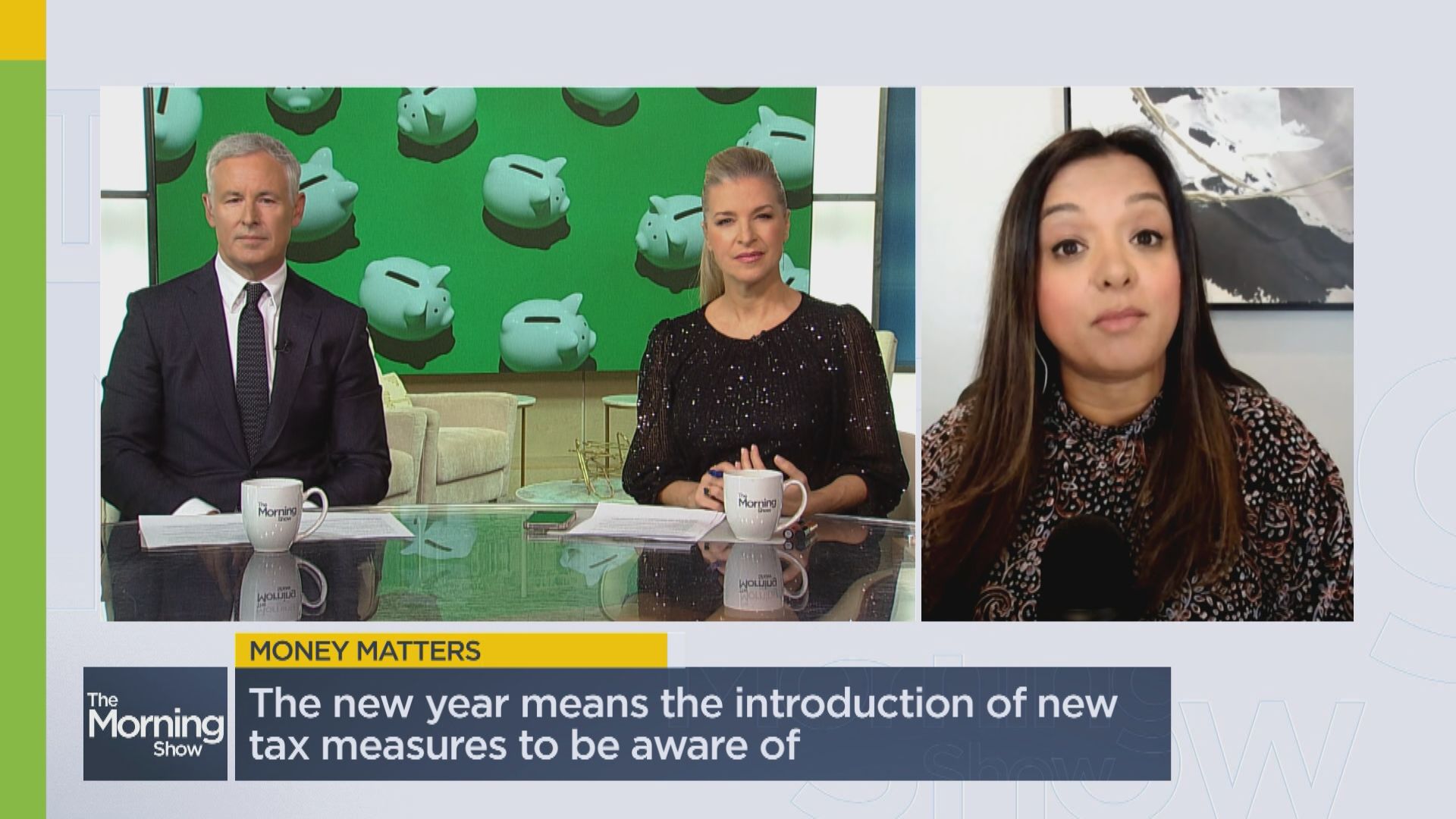
HERSHEY, MONDELEZ BET BIG ON EASTER AS COCOA PRICE CRISIS LOOMS
(This March 26 story has been refiled to correct the data source to 'NielsenIQ' from 'Nielsen' in paragraph 23)
By Jessica DiNapoli, Maytaal Angel and Richa Naidu
NEW YORK/LONDON (Reuters) - Hershey, Mondelez and other confection-makers are employing promotions and pitching more non-chocolate Easter treats like cookies 'n' cream bunnies at a time when soaring cocoa prices threaten their profits and shoppers balk at high prices.
With shoppers' "impulse buys" of chocolate and candy at convenience stores and in grocery checkout lines down, according to industry data, special occasions like Easter and Halloween are increasingly important to the companies' sales.
Cocoa prices have tripled over the past 12 months thanks to bean disease in West Africa, which continues to worsen, meaning companies are not expected to get relief anytime soon. Sugar prices are also up some 7%.
Chocolate makers set their plans for this Easter last year, and have said they will hike prices again to cover the cocoa crunch. The companies face additional pressure on their profit margins as their hedges protecting commodity costs expire later this year and next.
But, the price hikes are coming at a delicate time as inflation-weary consumers are already pushing back.
That makes seasonal sales key. Easter sales of candy in the United States, the world's biggest chocolate consumer, are expected to at least reach last year's total of about $5.4 billion, although this will be driven mostly by price increases not volumes sold, according to the National Confectioners Association.
Easter is the third-biggest occasion in the United States for buying chocolate and candies, with Halloween taking the top spot, followed by the winter holidays, according to the confectioners association.
“People will buy during the holidays, but they will cut out impulse buying," through the year, said David Branch, a sector manager focusing on cocoa at Wells Fargo Agri-Food Institute.
Data from the National Confectioners Association shows that last year, the volume of chocolate and candy sold for everyday occasions fell 3.6% compared to 2022. Volumes of chocolate and candy sold for seasonal occasions like Easter rose slightly by 0.1%.
Branch projects that given the continued inflation in cocoa, the trend will continue.
Hershey is shipping more non-cocoa treats to retailers this Easter in addition to its iconic Reese's chocolate bunnies and eggs. It is introducing a new six-pack of cookies 'n' cream bunnies, offering full-sized Kit Kat lemon crisp bars and mixing Haribo gummy bears with chocolate bars in its assortment bags.
Hershey spokesperson Allison Kleinfelter said consumers are continuing to buy seasonal products because parents want to preserve traditions like Easter baskets filled with chocolate bunnies and egg hunts.
The non-chocolate Easter offerings have no connection to current cocoa prices, she added.
Simon Crowther, marketing director for seasonal confectionery UK at Mondelez told Reuters the Oreo cookie-maker has introduced a new “Cadbury Ultimate Egg” range, and a premium Toblerone "Edgy Egg,” aimed at older families and upmarket shoppers who may be more willing to splurge on chocolate.
PUSHING INVENTORY
U.S. retailers have increased discounts on Cadbury, Reese's, Hershey's, M&Ms and Lindt this Easter versus last, according to research analytics firm Dataweave.
Big box store Target and supermarket chain Kroger are also offering bigger discounts on Easter candy this year compared to last, according to the firm. At Target in New York in early March, Reese's mini eggs unwrapped, another new product for this season, and bunnies were buy one, get one for 50%.
A Kroger spokesperson said the grocer updated its strategy to include more frequent promotions on top-selling brand and pack sizes.
John Ament, an independent consultant and former global vice president of cocoa at M&Ms maker Mars, said there is no doubt that chocolate will be more heavily discounted this Easter compared to last because consumers are weary of price increases.
Chocolate makers have already pushed through price increases, "So this Easter will be more expensive than last year, and there's less consumer appetite to spend," he said.
He added that this year's holiday will be tougher than 2023's because of the hikes.
"The category will see slower if any growth in the coming year," he said.
Chocolate firms tend to hedge their raw material purchases up to 12 months in advance, and with the bulk of the cocoa price surge happening this quarter, current chocolate making costs will come to be seen as low at the end of the year.
Even so, it's getting tougher to push through price hikes. Data from NielsenIQ shows the price per unit of chocolate in the U.S. rose 10.4% in the year to early March, versus a 14.3% gain in the same period a year earlier.
A Mondelez' spokesperson told Reuters that as input costs rise this year, the company will consider not just price hikes but "changing the unit weights" of its chocolates - a technique commonly known as "shrinkflation."
“We’ve had a couple of years now of strong price increases in chocolate and you tend to find in the first year, the elasticity is okay, in the second year it gets worse, and now we're in a third year, its going to be awful,” said Kepler Cheuvreux analyst Jon Cox.
He said premium chocolate makers like Lindt will likely fare better because the already high mark-up on their chocolate means they might be able to hike prices less, in percentage terms, than regular chocolate makers.
But he added: "Even they will see sales volume pressure, its not going to be an easy year for them."
Mass-market chocolatiers like Mondelez are also more likely to invest in brands not tied to cocoa, consultant Ament said. The Chicago-based company also sells crackers, cookies and other snacks.
(Reporting by Jessica DiNapoli in New York and Maytaal Angel and Richa Naidu in London; Editing by Anna Driver)
2024-03-28T22:13:32Z dg43tfdfdgfd
